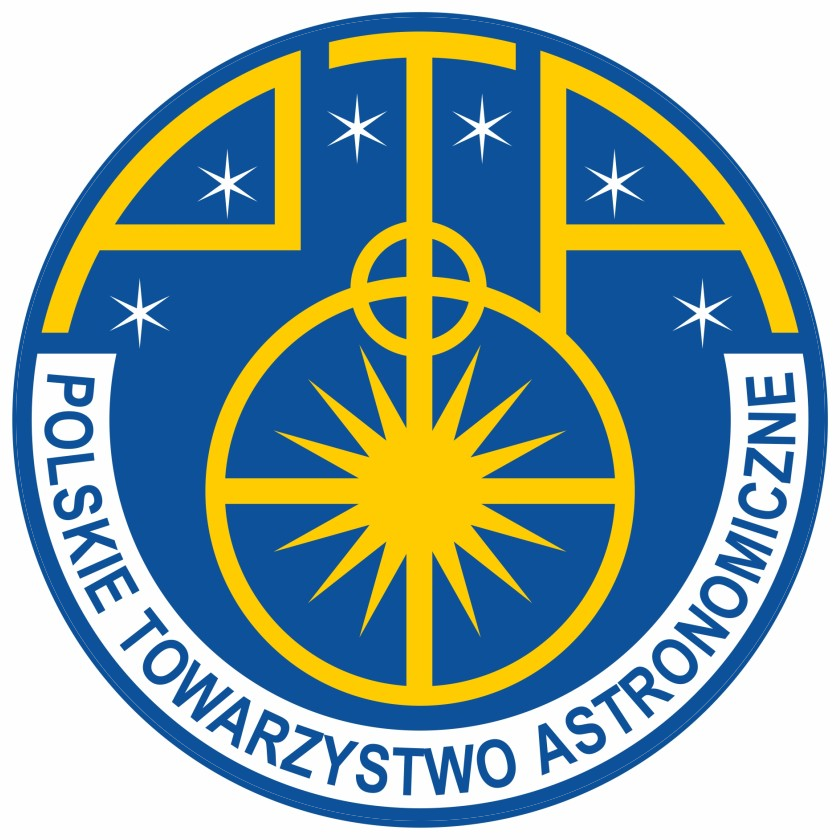Mahmoud Hamed
Narodowe Centrum Badań Jądrowych
Sesja VII: Kosmologia i ewolucja galaktyk
Czwartek 14.09.2023 16:12 – 16:24
abstrakt:
We aim to understand what drives the IRX-β dust attenuation relation at intermediate redshift (0.5 < z < 0.8) in star-forming galaxies. We investigate the role of various galaxy properties in shaping this observed relation. We use robust [O ii] λ3727, [O iii] λλ4959, 5007, and Hβ line detections of our statistical sample of 1049 galaxies to estimate the gas-phase metallicities. We derive key physical properties that are necessary to study galaxy evolution such as the stellar masses and the star formation rates using the spectral energy distribution fitting tool CIGALE. Equivalently, we study the effect of galaxy morphology (mainly the Sérsic index n and galaxy inclination) on the observed IRX-β scatter. We also investigate the role of the environment in shaping dust attenuation in our sample. We find a strong dependence of the IRX-β relation on gas-phase metallicity in our sample, and also strong correlation with galaxy compactness characterized by the Sérsic indexes. A less strong correlation is seen with stellar masses, specific star formation rates and the stellar ages of our sources. Metallicity is one of the drivers of the dust attenuation scatter, this also results from the older stars and higher masses at higher β values. The correlation with specific dust mass is strong in shifting the galaxies away from the IRX-β relation towards lower β values. We find that more compact galaxies witness a larger amount of attenuation than less compact galaxies. There is a subtle variation in the dust attenuation scatter between edge-on and face-on galaxies, but the difference is not statistically significant. Galaxy environments do not significantly affect dust attenuation in our sample of star-forming galaxies at intermediate redshift.
